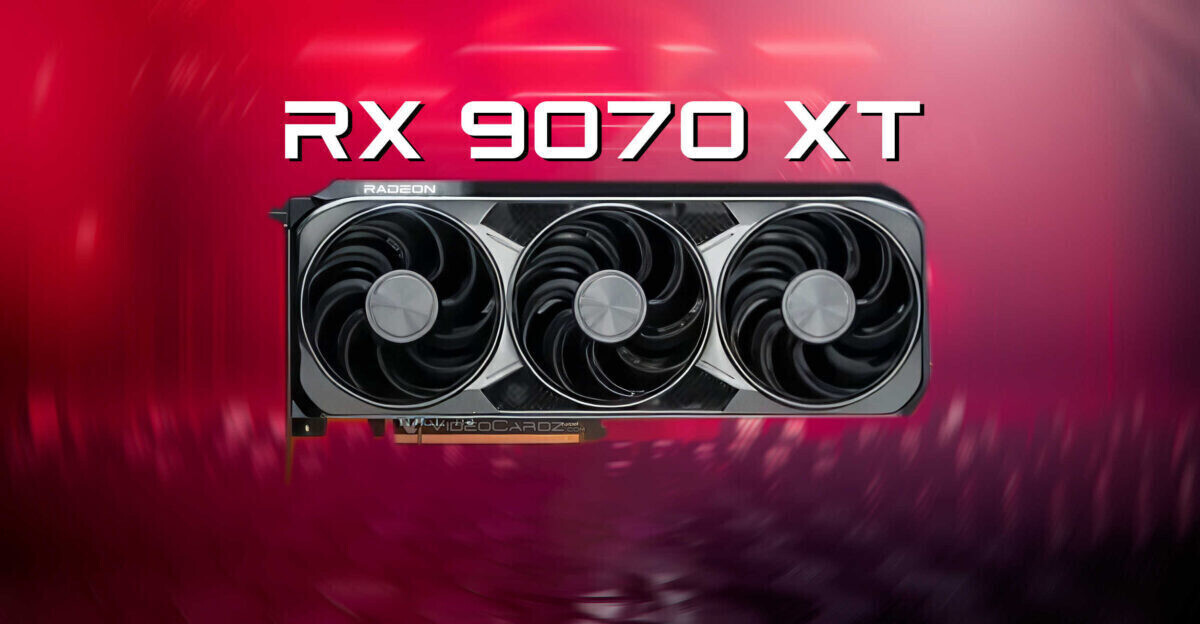Recent information shared on the Chiphell forum indicates that AMD will continue using traditional PCI Express power connectors for its upcoming Radeon RX 9000 series RDNA 4 graphics cards. Despite some expectations that AMD would follow NVIDIA's lead and use the newer 16-pin 12V-2×6 connector for its GeForce RTX 50 series, the latest details suggest a more conventional power approach. AMD is set to release its next generation of graphics cards in the first quarter, but many technical specifics remain unknown.
The decision to stick with standard power connectors aligns with AMD's previous release of the Radeon RX 7900 GRE, which showed that conventional PCI Express connectors can handle power demands up to 375 W effectively. By using standard connectors, AMD eliminates the need for adapters, which could be seen as a benefit. A leak also suggested that the Radeon RX 9070 XT may draw up to 330 W of power at peak load.
Intel has reportedly cited similar reasons for opting for standard power connectors in their Arc "Battlemage" graphics cards, indicating a trend towards maintaining existing connection standards in the industry. In contrast, NVIDIA's approach requires all board partners to use the 12V-2×6 connector for the RTX 50 series, eliminating the option for traditional PCI Express power connectors. AMD's decision provides more flexibility to its manufacturing partners in their design choices, as Made by AMD (MBA) reference cards do not mandate the new 12V-2×6 power connector standard.
While details about the RDNA 4 architecture's capabilities remain scarce, AMD has finalized the physical appearance and naming scheme for the reference card. Performance specifications are still unknown, as early leaks may not accurately reflect the final product until drivers and optimizations are finalized.
